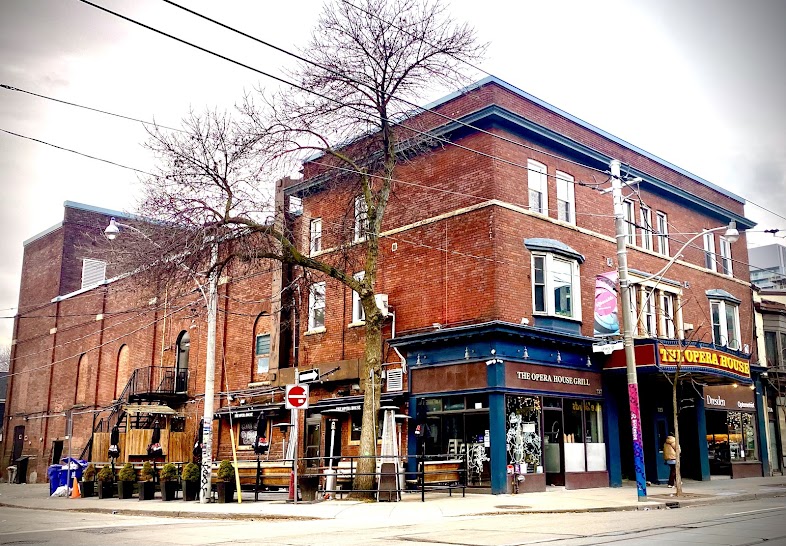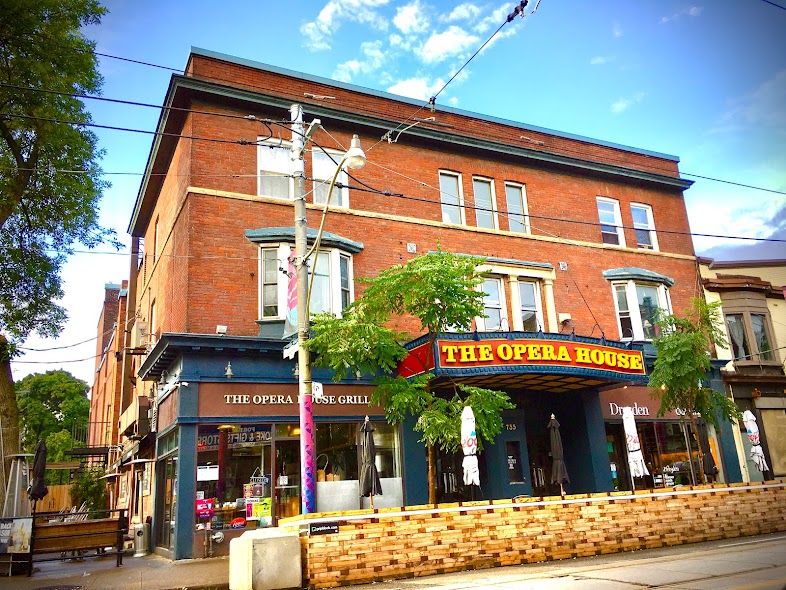The Opera House of Toronto is an iconic performing arts venue that has been a fixture of the city’s cultural landscape for over a century. With its ornate façade and majestic interior, the Opera House has been a hub for music, dance, and theatre since it first opened its doors in 1909. Over the years, it has hosted countless performances by some of the world’s most renowned artists, and has played an important role in shaping Toronto’s vibrant arts scene. This article will explore the history of the Opera House, from its early days as a vaudeville theatre to its present-day status as one of Toronto’s premier cultural institutions.
Table of contents
The Early Years: From Vaudeville to Opera
The Opera House of Toronto was originally built in 1909 as a vaudeville theatre, designed by architect G. W. Gouinlock. At the time, vaudeville was a popular form of entertainment that featured a variety of acts, including comedy skits, musical performances, and acrobatics. The Opera House quickly became a popular destination for Torontonians looking for a night of entertainment, and it wasn’t long before it started hosting other types of performances as well.
In the early 1910s, the Opera House began to feature more theatrical productions, including plays and operettas. In 1914, it was leased to the Canadian Grand Opera Company, which staged productions of classic operas such as Carmen and Faust. These productions were well-received by audiences, and the Opera House became known as one of the premier venues for opera in Canada.
The Golden Age: The Opera House in the 1920s and 1930s
The 1920s and 1930s were a golden age for the Opera House, as it continued to host a variety of performances by some of the world’s most renowned artists. In 1922, it was purchased by the Famous Players theatre chain, which had recently begun to expand into the live theatre business. The Opera House underwent a major renovation in 1927, which included the installation of a new stage, dressing rooms, and a state-of-the-art lighting system.
During this time, the Opera House hosted a wide range of performances, including plays, operas, and concerts by famous musicians such as Louis Armstrong, Duke Ellington, and Glenn Miller. It also played an important role in the development of Canadian theatre, as it provided a venue for local companies to showcase their work.

Decline and Renovation: The Opera House in the Late 20th Century
In the 1950s and 1960s, the Opera House began to decline, as the popularity of vaudeville and live theatre waned. It was briefly used as a cinema in the 1960s, but by the 1970s, it had fallen into disrepair and was in danger of being demolished. However, a group of concerned citizens banded together to save the building, and in 1975, it was designated a heritage site by the City of Toronto.
Over the next two decades, the Opera House underwent a series of renovations and restorations, as various owners tried to bring it back to its former glory. In 1989, it was purchased by concert promoter Michael Cohl, who undertook a major renovation that restored the Opera House to its original grandeur. The renovation included the installation of a new sound system, air conditioning, and an expanded stage, as well as the restoration of the building’s ornate plasterwork and stained glass windows.
The Opera House Today: A Modern Venue with a Rich History
Today, the Opera House continues to be one of Toronto’s premier cultural institutions, hosting a wide range of performances by local and international artists. The venue has a capacity of 900 and features a spacious dance floor and balcony seating, making it an ideal venue for concerts, theatre productions, and dance performances.
In recent years, the Opera House has hosted a variety of notable performances, including concerts by indie rock bands such as Arcade Fire and The National, as well as electronic dance music DJs such as Diplo and Deadmau5. The venue has also been used as a filming location for a number of television shows and movies, including the popular series Orphan Black.
Despite its modern amenities, the Opera House has retained much of its historical charm, with its ornate façade and opulent interior serving as a testament to its rich history. The building is also home to a number of artifacts and memorabilia from its early years, including vintage posters and photographs of past performers.
The Legacy of the Opera House: Contributions to Toronto’s Cultural Scene
Over the course of its 100-plus year history, the Opera House has played an important role in shaping Toronto’s vibrant arts scene. From its early days as a vaudeville theatre to its current status as a modern venue, the Opera House of Toronto has been a hub for creativity and expression, providing a platform for local and international artists to showcase their work.
The Opera House has also contributed to the development of Canadian theatre, providing a venue for local companies to showcase their productions and helping to foster a sense of community within the performing arts community.
In addition to its contributions to Toronto’s cultural scene, the Opera House has also had a significant impact on the city’s architectural heritage. With its ornate façade and intricate interior, the Opera House is a prime example of the Beaux-Arts style of architecture that was popular in the early 20th century. The building’s impressive design and historical significance have earned it a place on the City of Toronto’s list of heritage properties, ensuring that it will be preserved for future generations to enjoy.



 For all latest articles, follow on Google News
For all latest articles, follow on Google News